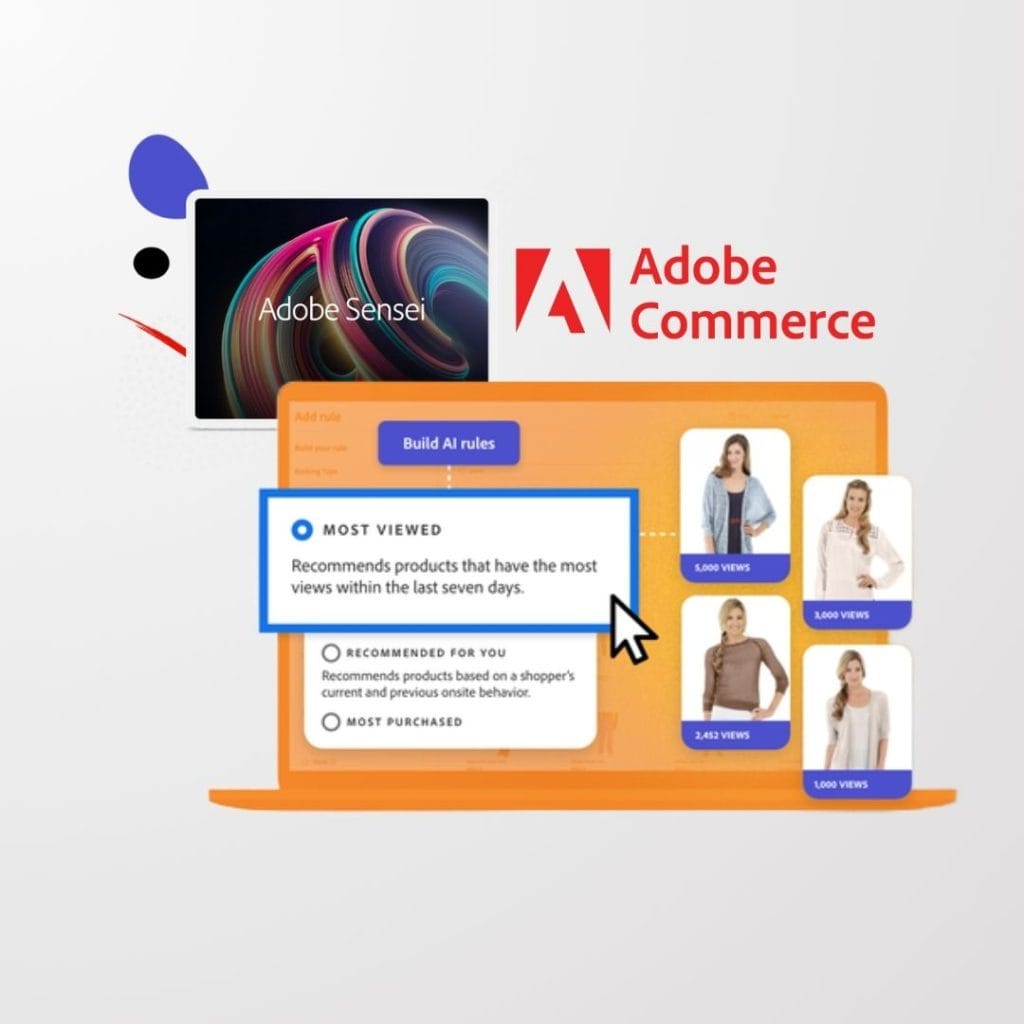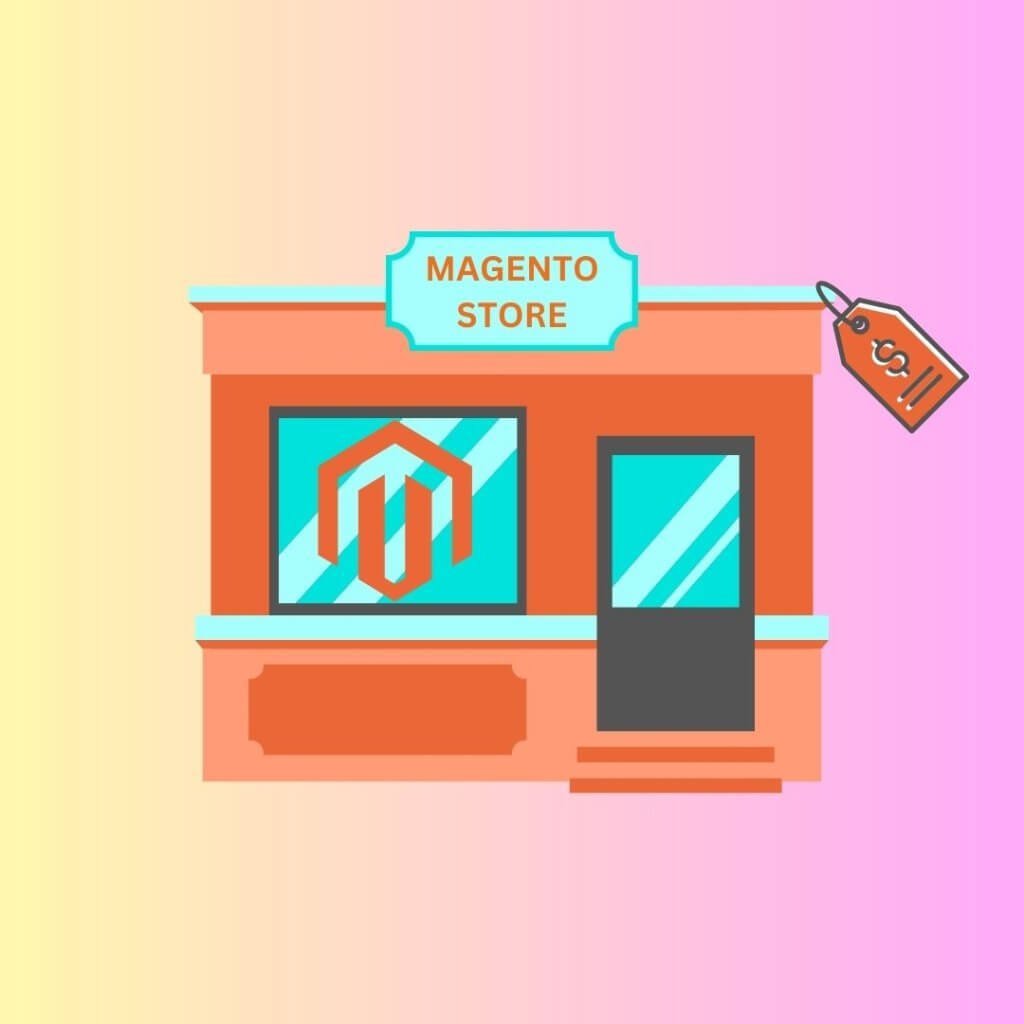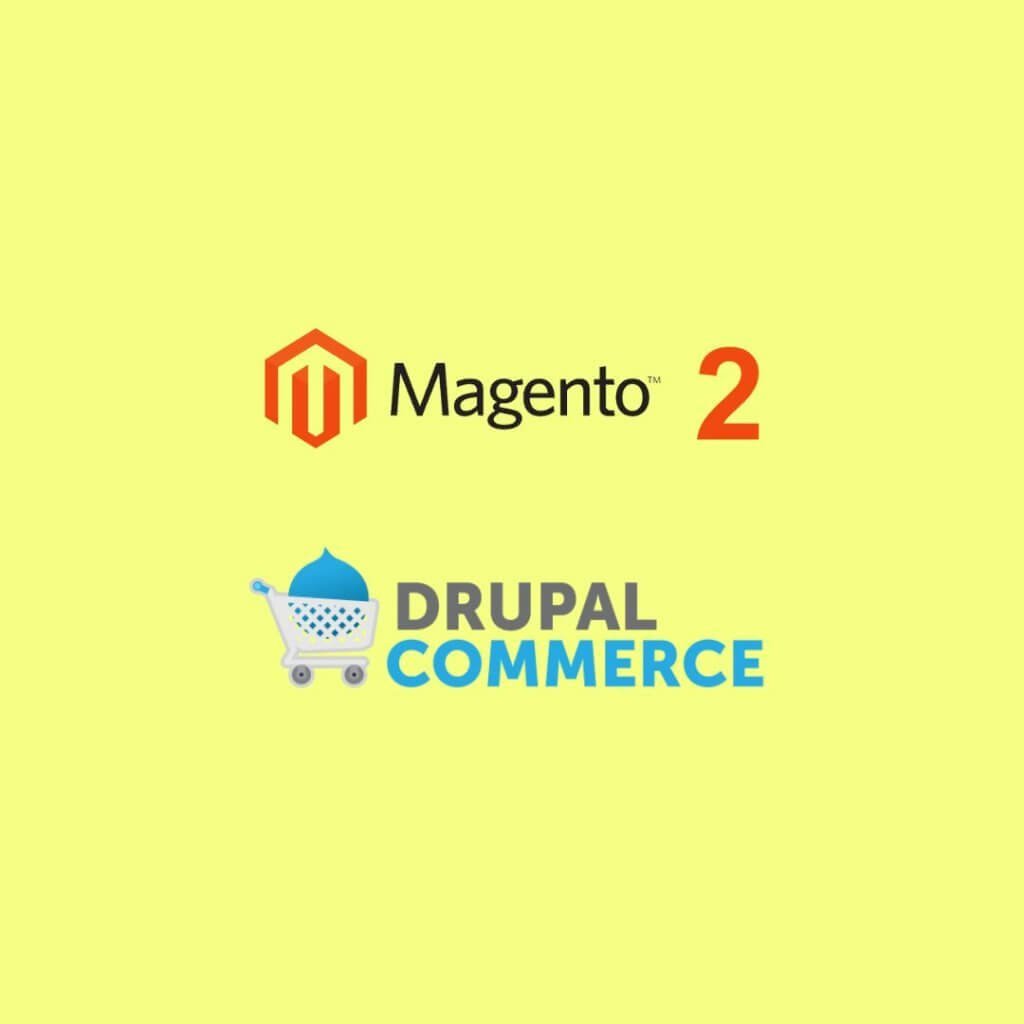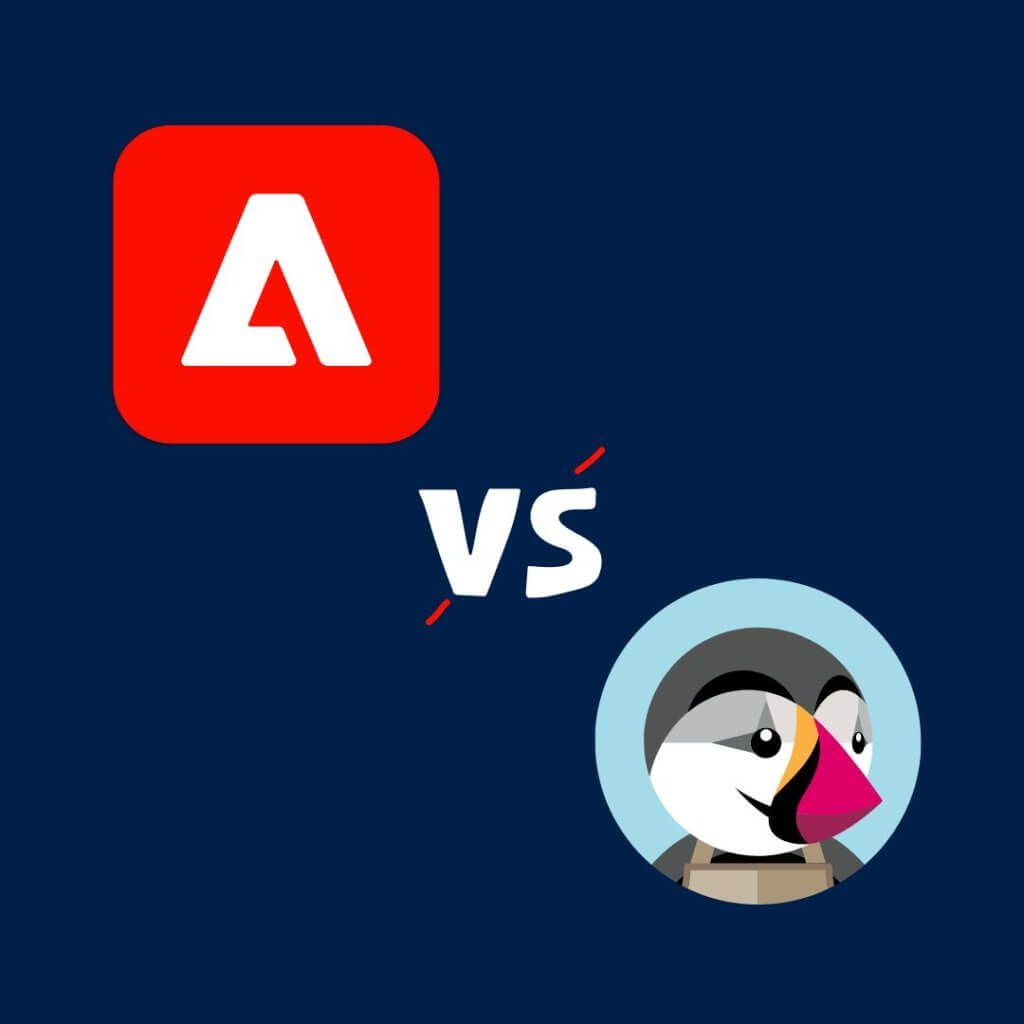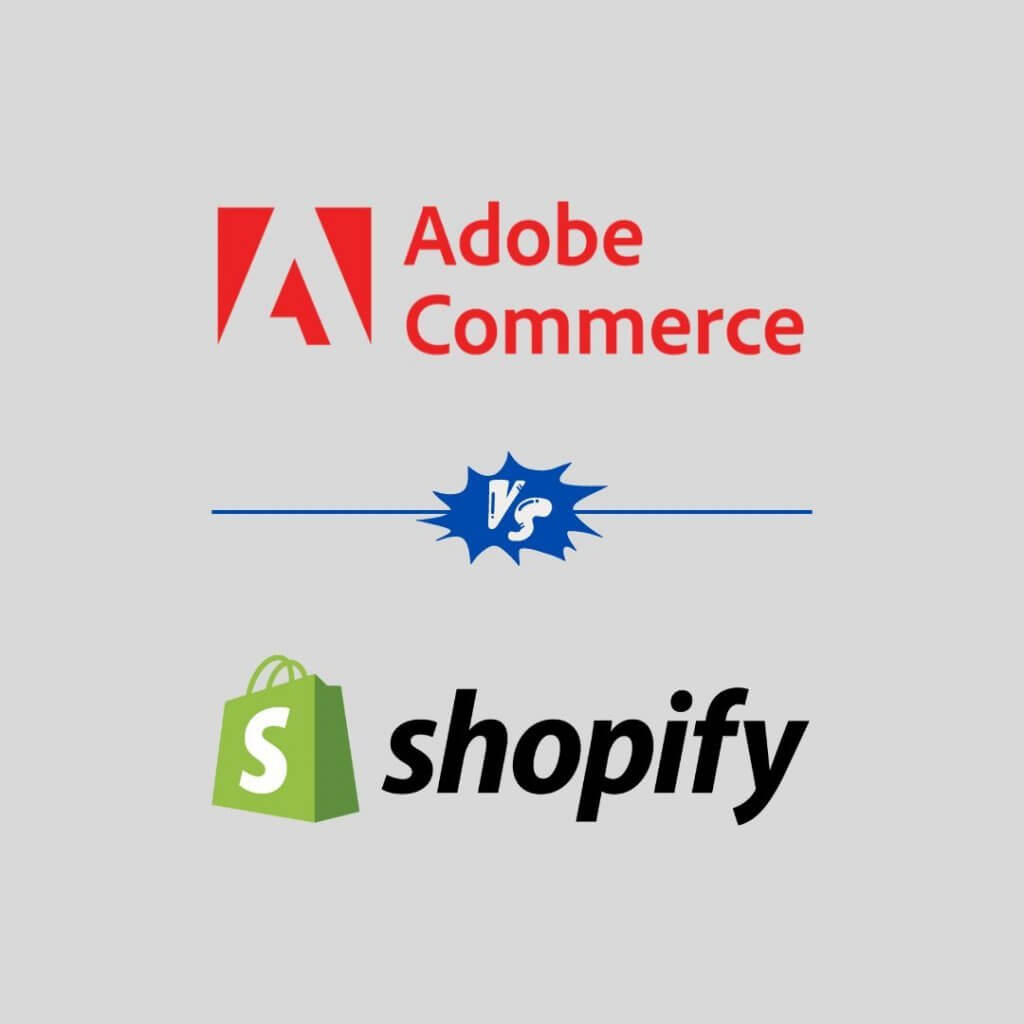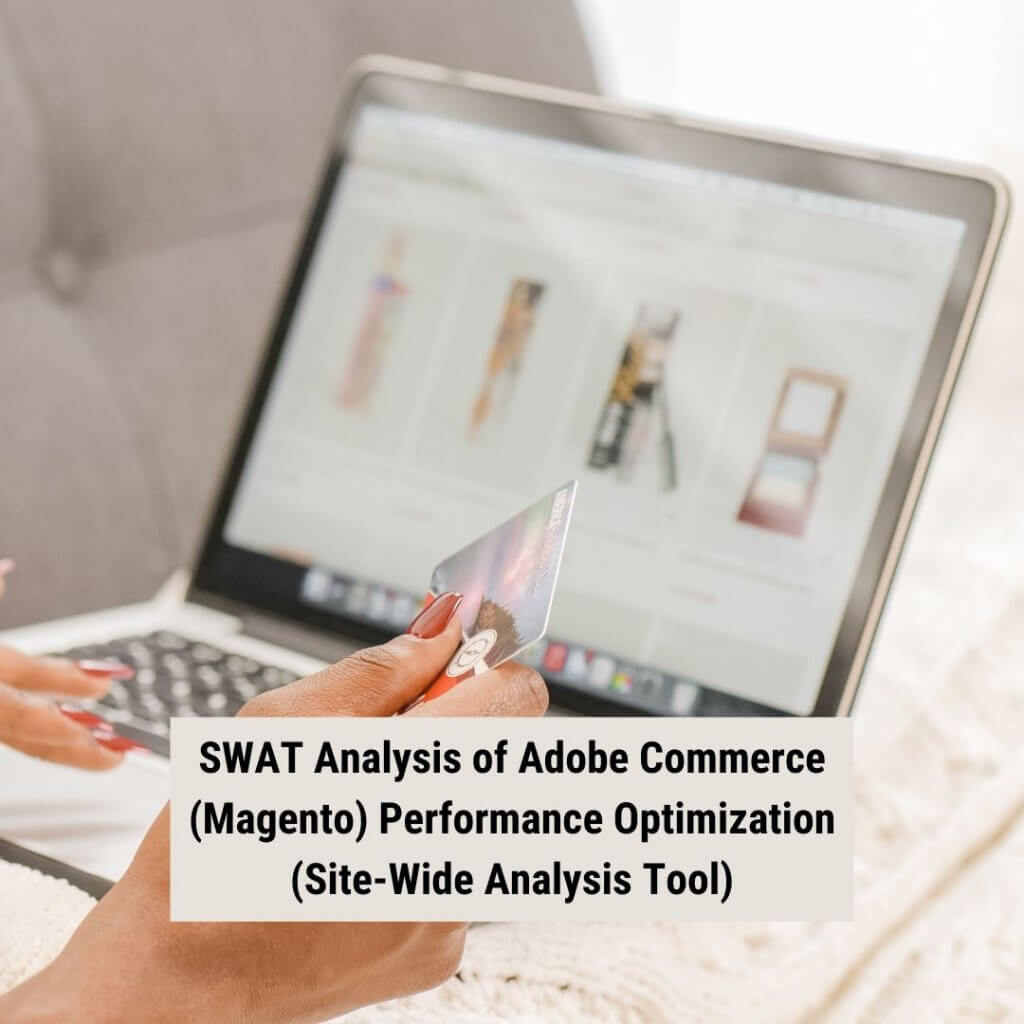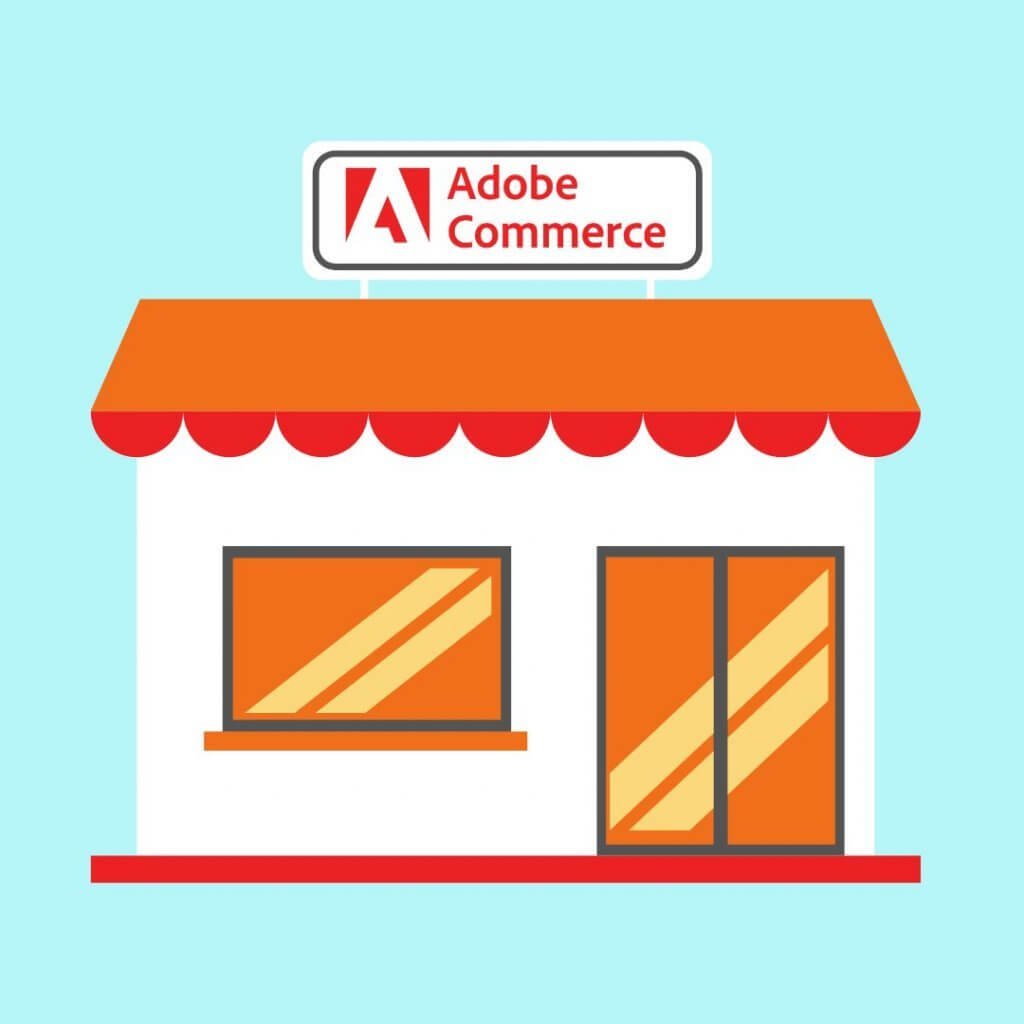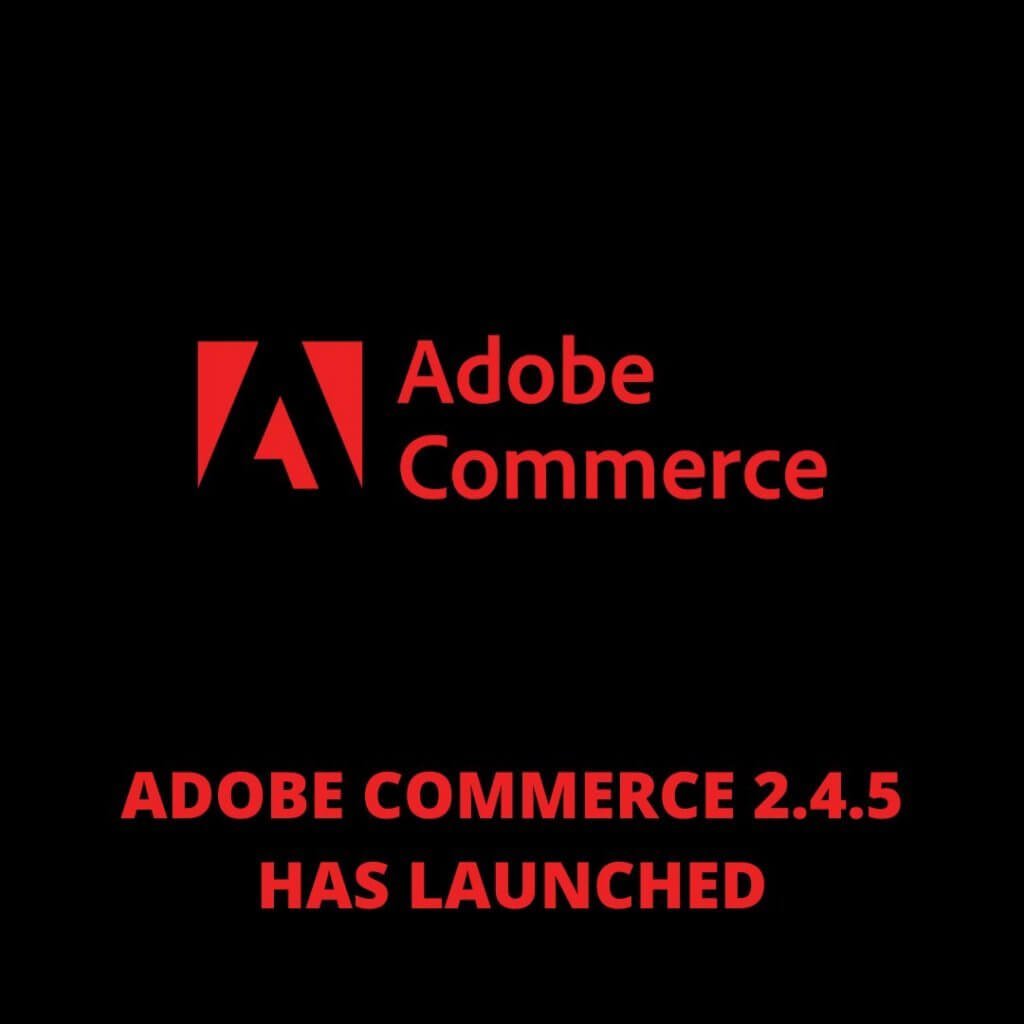
What are the feature differences between Adobe Commerce and BigCommerce, and which one will work best for me? is a question that B2B retailers often ask, especially if their current eCommerce platform doesn’t work for them anymore or if they’re just starting to think about having an online presence.
93% of B2B buyers prefer to make transactions online, and the very makeup of B2B purchasers is changing, according to FireBearStudio.com. Gartner says that by 2025, 64 percent of the world’s workforce will be made up of Millennials and Generation Z, both of which grew up with computers. This means that companies that used to only sell their goods through phone calls between salespeople and buyers or through paper RFQs and invoices need to create and maintain the most up-to-date and powerful eCommerce presence possible. The number of eCommerce sites worldwide is estimated at 12–24 million, with new ones being launched every single day, according to WPForms.com. Every B2B merchant must be online given the degree of competition; there is no room for error.
Each eCommerce platform is different, just like every business is different. Even the smartest B2B business owner can be easily overwhelmed by the number of options, like Shopify, WooCommerce, Squarespace, Adobe Commerce, BigCommerce, Salesforce, and more. They will need the help of an experienced strategic partner to find what will meet their needs within a price range they are comfortable with.
What Makes the B2B eCommerce Sector Special?
Instead of selling to consumers, B2B enterprises sell directly to other businesses. They place larger orders for goods with prices that change, and they often get quotes before making purchases so that they can negotiate. Due to limited budgets and a long clearance process, B2B buyers often need more information about a product before they can make an informed choice.
Surveys done by McKinsey show that almost all B2B companies have been forced to set up a digital commerce presence. According to the same report, 70–80% of B2B decision-makers favor digital self-service or remote human interactions over in-person encounters. Furthermore, B2B shoppers are willing to make large purchases online, with 60% saying they are willing to spend $50,000 or more. Also, people are buying things online more often, with 77% saying they do so at least twice a month. This shows again how important it is for B2B companies to have a strong, complete, and aggressive online presence.
Let's Discuss Adobe Commerce. Utilizing Magento

Adobe Commerce: What is it?
Adobe Commerce is a multi-channel, hosted (or self-hosted), open-source eCommerce platform that lets websites that sell digital goods add features, functions, and the ability to grow. Adobe’s Commerce platform is said to be “fully scalable and adaptable, with a modular core and headless features that let you quickly add new technologies, even ones that haven’t been made yet, so you can connect customers through an ever-expanding network of touchpoints.”
What are the standout B2B features of Adobe Commerce?
Adobe Commerce can manage all of a B2B company’s stores with tiered organizational structures on a single platform, even when selling to customers who speak different languages and live on different continents. This is just one of the many things it can do.
For each buyer’s ease of use and navigation, Adobe Commerce also lets them make requisition lists of items they buy often and put them in a customized catalogue. It also lets you set the minimum amount for quote requests and make quote requests. As a result, qualified leads are generated, and customers are immediately made aware of volume minimums.
With Adobe Commerce, B2B companies can give their customers credit, and buyers can keep track of their available credit on the platform. This lets decision-makers decide whether or not to authorise transactions all the time. One may always see a complete purchase history and follow order statuses.
Adobe gives B2B buyers a lot of good options by letting them design their own self-management dashboards. Business owners can define tier-based capabilities for their purchasing team via this dashboard (i.e., this one can purchase products above this price without approval, this one cannot, etc.). A good tool that provides a clear state of quote negotiations is quote tracking. Adobe can even make catalogs that are just for the customer by letting them upload SKU lists and forms for frequently ordered products.
Which industries benefit the most from Adobe Commerce functionality?
Every e-commerce platform has its strengths, but Adobe Commerce stands out because it is especially good at helping merchants who sell in markets with a lot of rules. Regulated industries sell products that are subject to restrictions on how a business may online market particular products and product categories.
These rules dictate the manner, setting, and target audience for marketing products. These may include tobacco, alcohol, foods, and drinks that need to be kept at a certain temperature, pharmaceuticals, vitamins, CBD and THC, and guns. Many regulating Authorities and agencies at the global, national, state, and municipal levels of government develop regulations governing eCommerce.
Companies must constantly monitor rules to make sure they are still operating lawfully in an environment where laws are constantly changing and where special interest groups, lobbyists, and corporations are determining how these industries conduct business. Adobe Commerce is open-source software that can be changed to fit the needs of any business, even those in industries with a lot of rules.
Why is Adobe Commerce not available to all?
When it comes to running an online store, price is a major issue for digital merchants using Adobe Commerce. According to Magestore, the only version of Adobe Commerce that is available for free is open source. Adobe Commerce and Adobe Commerce Cloud use an optimized code base to offer built-in features that are unique to them. The price structure for Adobe Commerce and Adobe Commerce Cloud will be determined by gross merchandise value (GMV) and average order value (AOV), as shown in the table below.
Enterprise-level eCommerce solutions, such as Adobe Commerce, make the most sense for companies with annual sales of $1 million or more, in addition to those with more intricate needs for both front- and back-end system interfaces. However, high-end functionality often comes at a considerable price. Adobe Commerce shows itself to be a strong competitor in the field of digital commerce, from customization to optimization.
Let's Discuss BigCommerce

Description of BigCommerce
G2 says that BigCommerce is the best software-as-a-service (SaaS) eCommerce platform because it lets merchants of all sizes start, improve, and grow their businesses online. As a leading open SaaS solution, BigCommerce gives retailers powerful enterprise-grade functionality, flexibility, and performance while still being simple and easy to use.
What Stands Out Among BigCommerce's B2B Features?
When using a licensed SaaS platform, business owners never have to worry about whether or not their software is up-to-date because upgrades, such as those adding new features or fixing security flaws, are applied automatically. BigCommerce also has a number of basic and important features, such as the ability to set up multiple storefronts in any country and language, personalized checkout options, suggestions for products that go well with the ones you’re buying, and more.
BigCommerce lets you have more than one storefront, sell in multiple currencies, suggest similar products, and let customers make wish lists. To cater to the B2B market, they’ve also added minimum and maximum order amounts and the option to ask for a price before buying, which is a very important feature for wholesale customers. Customers prefer abandoned cart savers and real-time shipment estimates.
BigCommerce’s cost-effective pricing options are one of its key selling features. There are alternatives available at both the enterprise and SMB levels, so even small business owners may make digital commerce work for them.
Which industries benefit most from BigCommerce's functionality?
BigCommerce is a powerful eCommerce platform that can be used by businesses of any size, regardless of their primary business, but it really shines when dealing with those firms that generate a lot of money online. The technology also excels in regulated markets like those for CBD and guns. They have fewer restrictions on business owners than systems like Shopify or WooCommerce.
Why is BigCommerce not available to everyone?
Style Factory says that the “cons” of BigCommerce include limits on online sales, where a business owner can only make a certain amount of money before they have to upgrade their account, free themes that are often too similar to each other, which makes it more likely that your store will look like one of your competitors, and limited ways to change free templates.
The platform provides detailed pricing for a large range of overall alternatives. A business that wants to implement subtle branding and UX tweaks behind the scenes might prefer a different set of tools; this one might not be ideal.
When constructing their platform, should B2B companies work with an eCommerce agency?
It’s important for an online store to use all of the tools at its disposal, whether it’s starting from scratch or making changes to its eCommerce presence. Some companies have a development team on staff with experience and knowledge that will keep their team informed and on track with the best digital commerce platform for them. When that’s not the case, it’s time to choose a skilled eCommerce strategic partner company.
If an online retailer isn’t sure which digital commerce platform is best for their business, they may find it helpful to use the tools and knowledge of an agency. When an agency is aware of a company’s needs and ambitions, it may advise the company on the best eCommerce platform to use in order to achieve both short- and long-term goals.
If an internet business starts out on a system that can’t handle expansion, it may have to completely replatform as it expands and becomes more successful. It is important to think about the long-term effects of a solution in order to choose the one that will work best and cost the least. An experienced agency may and should assist in defining the answers to these questions. Recommending and putting in place a smart eCommerce solution from the beginning, will save time and money and make sure growth goes smoothly.
Which one to choose for your next Ecommerce project?
It ultimately depends on the requirements of your project. But the platform performance is also very important. Magento or Adobe Commerce has grown exponentially in the last few years and it is now being used by small to large-scale businesses. At Ceymox Technologies, the best Adobe Commerce development company in India, we are having expertise in developing e-commerce stores from scratch with advanced features & functionalities. Let us know your requirements.
 Hubspot SEO Certified |  Hubspot SEO II Certified |  Google Ads Search Certified |  Google Analytics Certified |
Sreehari N Kartha is a skilled Digital Marketing Analyst at Ceymox, certified in SEO. His expertise encompasses a wide range of digital marketing strategies, including managing advertising campaigns on platforms like Google Ads, Facebook Ads, Instagram Ads, WhatsApp Ads, and LinkedIn Ads. With a strong foundation in SEO and SMM, Sreehari is adept at optimizing online visibility, driving engagement, and generating qualified leads and conversions. His passion for emerging technologies, such as Crypto, NFTs, and Web3, further complements his skillset, enabling him to navigate the dynamic digital landscape.
View All Articles